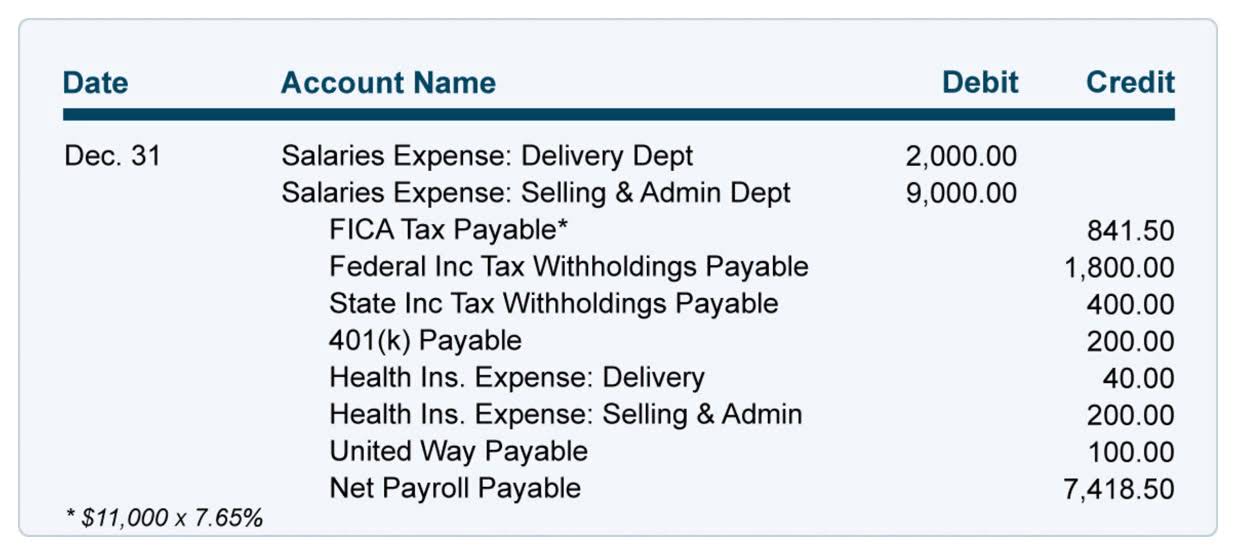How to Calculate Cash Flow Formulas Included

Negative NCF limits a business’s ability to invest back in the business. Consequently, business owners must figure out ways to improve cash flow through means such as discounts for upfront payments, chasing late payments, or through loans. The three sections of the cash flow statement (CFS) are added together, but it is still important to confirm the sign convention is correct, otherwise, the ending calculation will be incorrect. The Net Cash Flow (NCF) is the difference between the money coming in (“inflows”) and the money going out of a company (“outflows”) over a specified period.
- It is important to understand the concept of net cash flow as it is a good indicator of the liquidity position of companies.
- Your cash flow from the sale will only be $3,000 this month, whereas your net income would factor in the entire $9,000, even though you haven’t technically received it yet.
- Another limitation of NCF is that even if a business makes a capital investment that’ll bring a substantial return on investment in the future, the NCF would still show negative for the specific time period.
- On the other hand, a business that generates a negative net cash flow, month after month, may be encountering financial or operational issues.
- You can have a positive net cash flow not because you made a lot of sales, but because you’ve recently taken out a large loan.
The final section is the cash flow from financing, which comprises three items. If the year-over-year (YoY) change in NWC is positive – i.e. net working capital (NWC) increased – the change should reflect an outflow of cash, rather than an inflow. At the end of the day, all companies must eventually become cash flow positive to sustain their operations into the foreseeable future. Businesses that track and analyze their net cash flow gain a clear understanding of their operations. They can identify fluctuations in cash flow and work to discover why they occur and what they can do to avoid them. According to a recent Facebook study, 33% of small businesses cited cash flow constraints as one of the greatest near-term challenges they face—second only to lack of demand (35%).
How to Calculate Net Cash Flow in Excel (3 Suitable Examples)
Typically, cash resides in interest-paying accounts and checking accounts in banks. However, the types of accounts cash reside in only offer little interest or even sometimes no interest https://www.bookstime.com/ in the case of a checking account. Moreover, they can be in physical cash form and reside in, for example, cash registers or petty cash containers on the business’s premises.
This format helps determine how each part of the company is doing, allowing business owners and managers to directly address any cash flow issues. To get a more complete picture of your business’s financial health and liquidity, use other well-known and effective accounting formulas in conjunction with the net cash flow formula. Most importantly, keep accurate records of all your financial statements. These three business activities should be on your cash flow statement (CFS), which is a financial document that summarizes the movement of money in and out of your company. If you’re doing a good job of keeping track of your CFO, CFF, and CFI, then net cash flow calculation should be a breeze. If the number you get is positive after subtracting cash outflow from cash inflow, you have positive cash flow.
Statement Model: A Complete Guide
When calculating cash flow from investing, it’s just as important to understand what shouldn’t be included in your calculations. In order to calculate net cash, you must first add up all cash (not credit) receipts for a period. This amount is often referred to as “gross cash.” Once totaled, cash outflows paid out for obligations and liabilities are deducted from gross cash; the difference is net cash.
- To calculate cash flow from investing activities, add the purchases or sales of property and equipment, other businesses, and marketable securities.
- For businesses using the accrual basis accounting method, where non-cash activity like accounts receivable and payable are included, this is the methodology most commonly used.
- The difference between these assets (fixed assets) and these liabilities (investors’ equity) forms the working capital (WC).
- Net cash flow and net income are similar, but there are key differences.
- If you’re new to understanding cash flow, try using each formula (and a cash flow statement) to see how the differences impact the result.
Best practice here is to track net cash flow as a trend over time, and to use historical data to create cash flow projections. We’ll cover what it is, how to calculate it, how the various components of the formula impact the final result, and, of course, how to interpret and analyze your own figures to drive strategic growth plans. If you’re trying to narrow down and focus on the metrics that really make a difference, you would be remiss if net cash flow didn’t make it onto your list. This appears at first to be the most direct method of deriving net cash flow, but the accounting transaction recording system does not usually aggregate or report information in this manner. ● a reduction in long-term fixed assets (property sale, disposal of idle production facilities, etc.). These increased operating costs will naturally lower your net cash flow.
Why is Net Cash Important?
Whether you’re doing accounting for a small business or an international enterprise, cash flow from investing activities is important for a variety of reasons. And by keeping cash flow investment activities separate, investors will also be able to see that the core business operations represented in the operating activities section are fine. Cash flows are analyzed using the cash flow statement, a standard financial statement that reports a company’s cash source and use over a specified period.

Along with being part of your cash flow statement, your adjusted asset totals are also reported on the non-current part of a balance sheet. In addition, the total income reported on your company’s income statement will also impact your cash flow statement. In this example, it’s clear your business investments put a dent in your company’s cash flow. Your food truck needed new equipment (refrigerators, stoves, mixers, etc.), and these are long-term investments you expect will significantly boost your CFO in the coming months.
It can be seen from the formula that cash savings and debt can lead to different results for the final company. This formula can very well help us to carry out a financial review of the company. The company’s net cash is available net cash flow formula to repay both short and long-term debt. Higher net cash is a reflection of the firm’s ability to repay its debt. If a company has $100,000 in Cash but $10,000 in current liabilities, it will have $90,000 in net cash.

